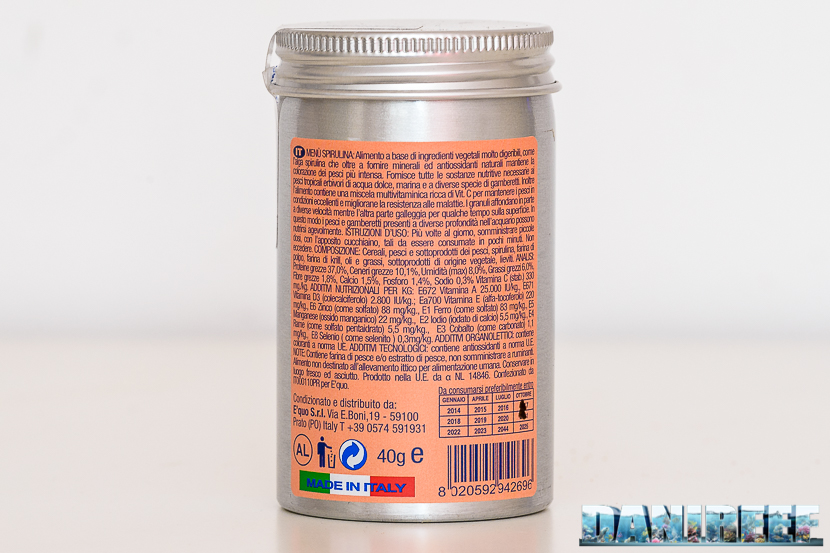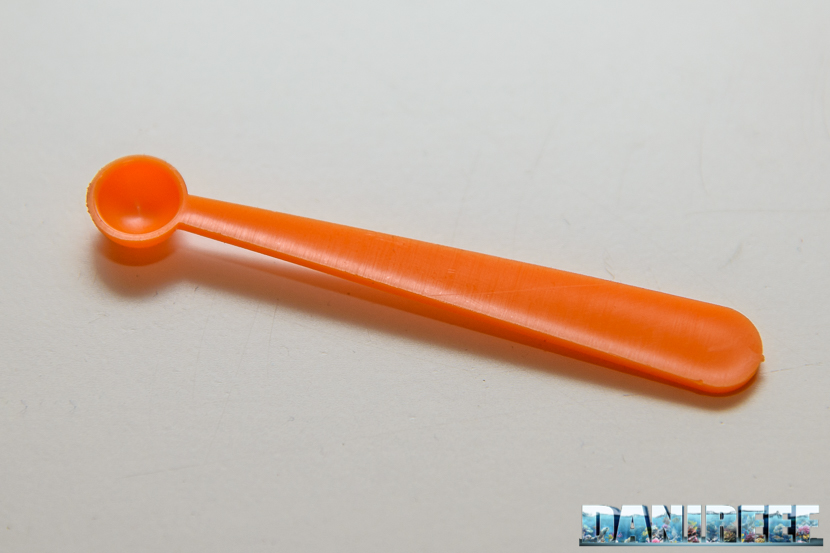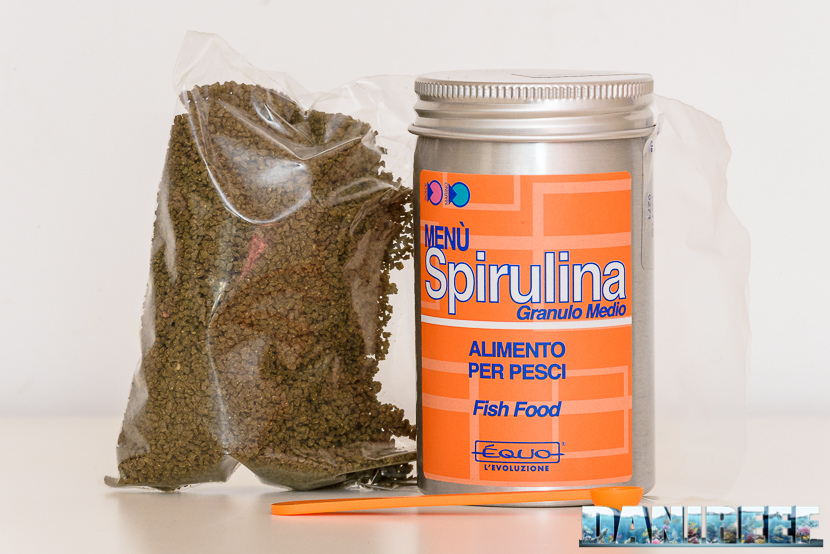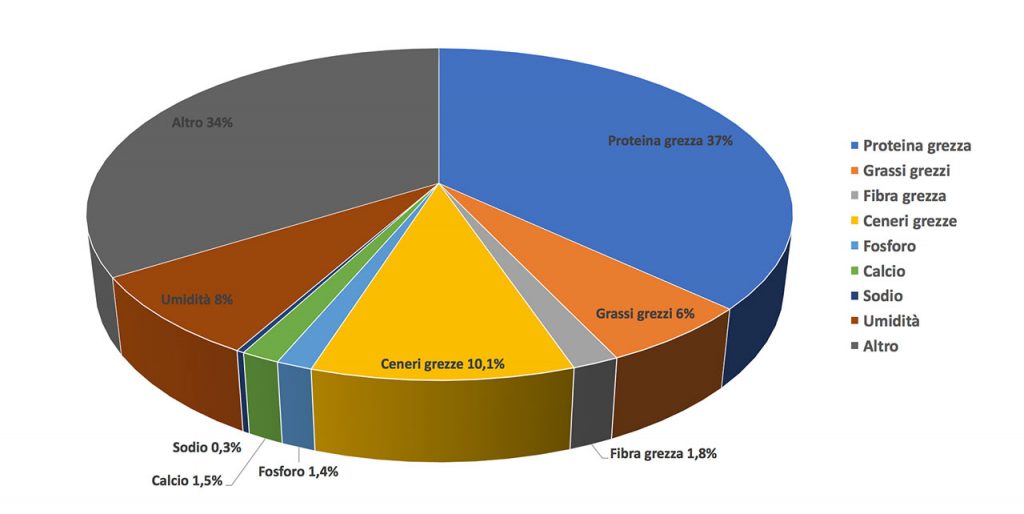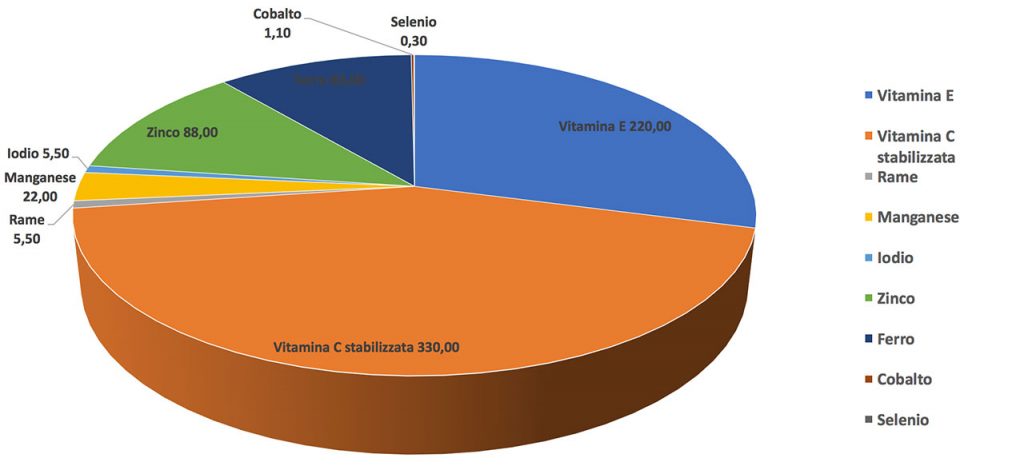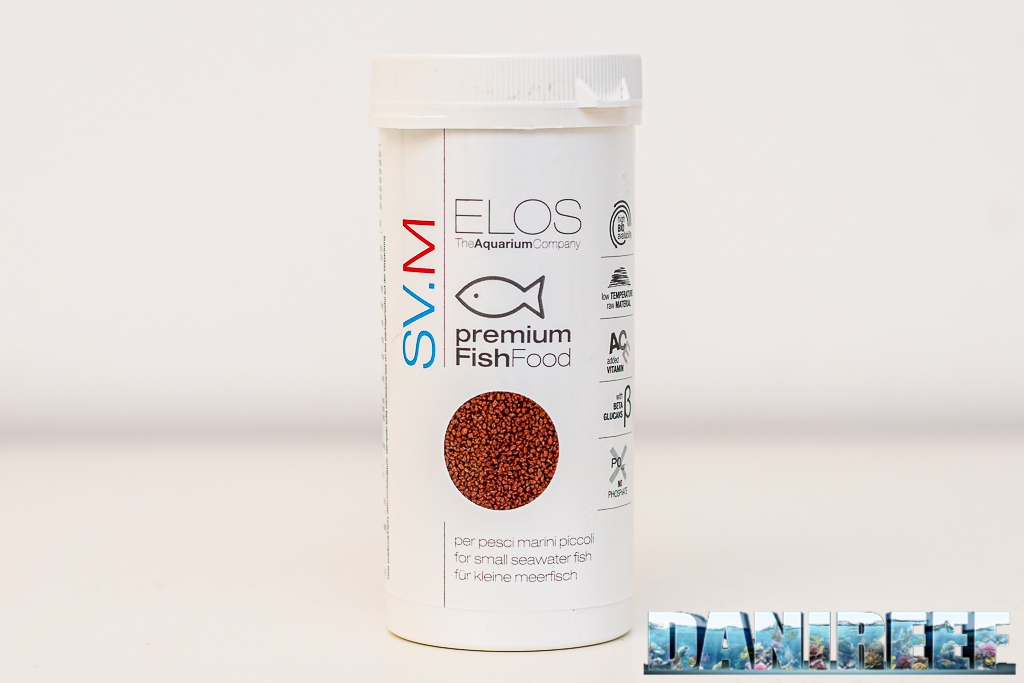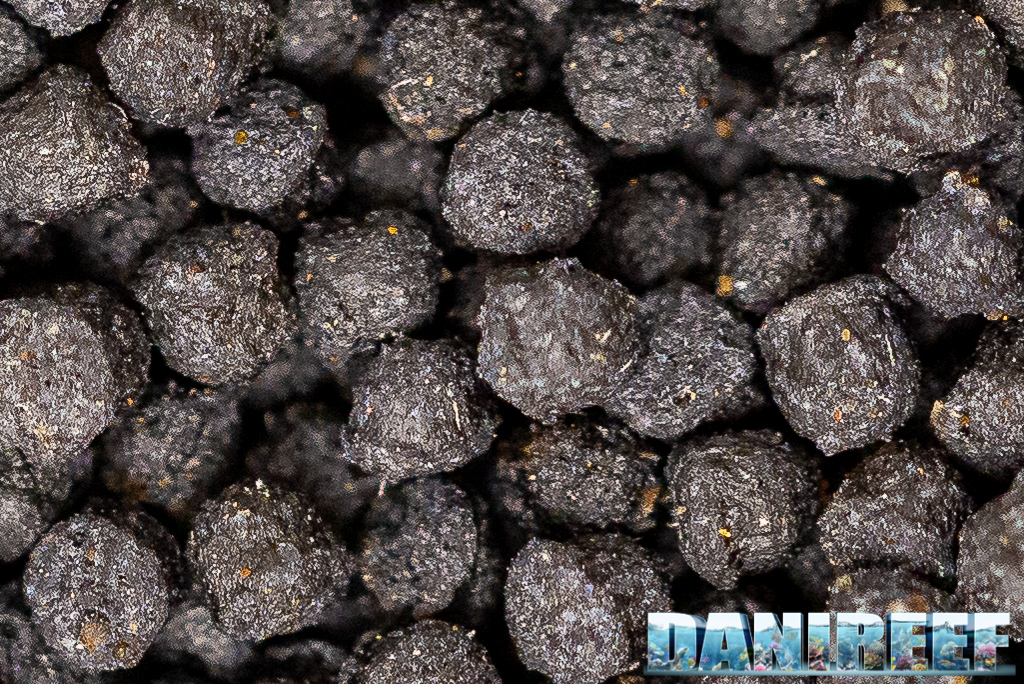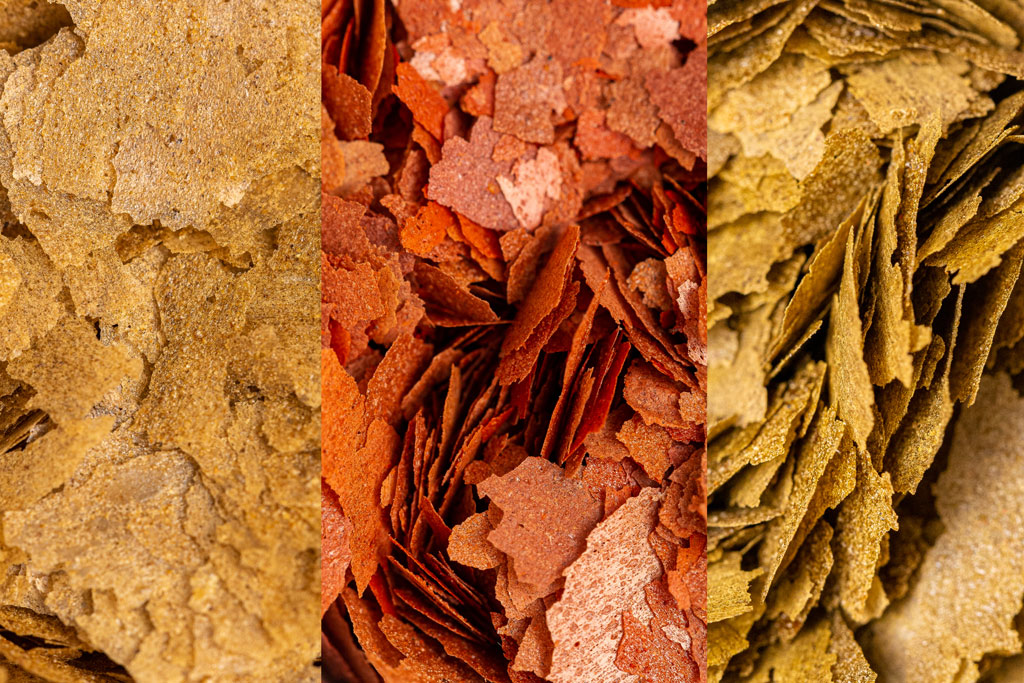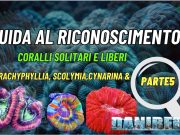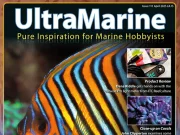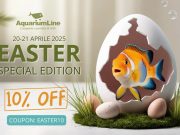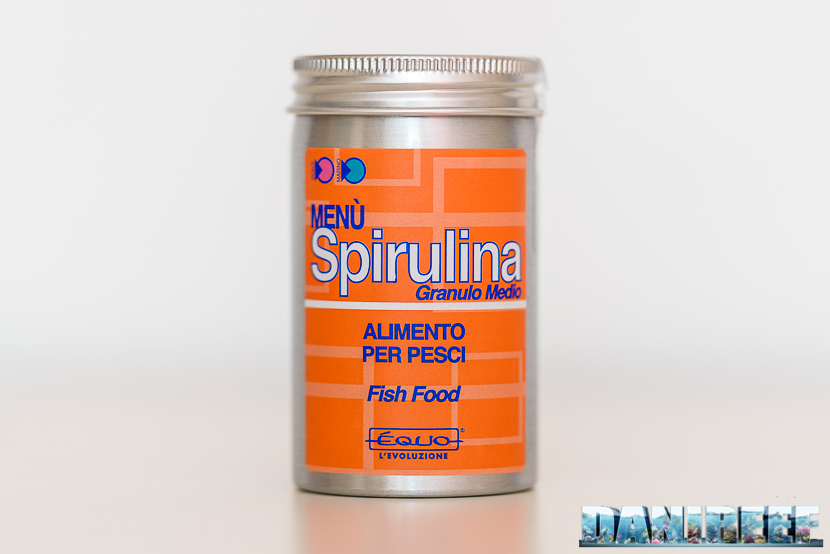 Menu Spirulina is the granular feed proposed by Equo for herbivorous fish.
Menu Spirulina is the granular feed proposed by Equo for herbivorous fish. ![]() Qui l’articolo in italiano.
Qui l’articolo in italiano.
We talked some days ago about the vegetal feed Seaweed Extreme proposed by Hikari (article) and today we see the Italian response. But in the next days we’ll have more feed to present and to compare with.
As we have already said, seaweeds are a necessity for many fish, for example the surgeonfish. For a deepen about the surgeonfishes we have a beautiful article written some years ago and that you can read here. Our purpose it’s to give a well balanced food to these beautiful fish. This feed has to be enough concentrate for the vegetal part and less for the protein one.
Equo Menu Spirulina is a granular feed available only in one size: the pellets are between 1,3 and 1,5 mm. These dimensions suit every aquarium fish except the smaller ones, but they have to be really small to not be able to eat it.
It seems to be very appetizing, and I was surprised seeing that a part of the pellets remains on the surface, while the other goes down. In this way it’s easier that all the aquarium dwellers can reach the feed.
Moreover it’s given a convenient spoon for the dosages, orange like the brand symbol.
Equo Menu Spirulina composition
The feed results to be composed by the following ingredients:
- cereals;
- fish and fish byproducts;
- spirulina;
- octopus flour;
- krill flour;
- oils and fats;
- vegetal byproducts;
- yeasts.
The package contains the can and the feed vacuum pack, the little spoon and the instructions.
The nutritional analysis is interesting:
- Crude Protein 37%;
- Crude Fats and Oils 6%;
- Crude Fiber 1,8%;
- Crude Ash 10,1%;
- Phosphorus 1,4%;
- Calcium 1,5%;
- Sodium 0,3%;
- Moisture 8%;
- Other 34%
In the following chart it’s possible to see the same analysis.
The phosphorus level isn’t so low. Instead ashes are very low. The fats are contained. The presence of calcium it’s quite good. The moisture percent it’s also well contained, while in the “other” part there are the important mineral salts, probably this high because of the seaweed in the feed.
There are the proteins, but in a lower quantity compared to a general pellet-type feed, since Equo Menu Marino (review) had 55%. As already said for other vegetal feed, I expected not to find them at all. But their percentage it’s similar to the Hikari seaweeds in the Seaweed Extreme. Probably it’s because it’s possible to use this feed as only nutritional source, a well balanced diet for herbivorous fish. For example, among the surgeonfishes there’s the Acanthurus lineatus that tends to eat just seaweeds, then it might have a good benefit with this feed.
Vitamins
We divided additives and vitamins in two graphics for an easier consultation. The C vitamin has been inserted in the additives because its quantity has been given in mg per kg.
- Vitamin A (E672) 25.000 IU/kg.;
- Vitamin D3 (E671 cholecalciferol) 2.800 IU/kg.;
- Vitamin E (alfa-tocopheryl) 220 mg/kg.;
- Stabilized vitamin C 330 mg/kg.;
- E6 Zinc (sulfate) 88 mg/kg.;
- E1 Ferrous (sulfate) 83 mg/kg.;
- E5 Manganese (manganic oxide) 22 mg/kg.;
- E2 Iodium (calcium iodate) 5,5 mg/kg.;
- E4 Copper (pentahydrate sulfate) 5,5 mg/kg.;
- E3 Cobalt (carbonate) 1,1 mg/kg.;
- E8 Selenium (selenite) 0,3mg/kg.
It is necessary to note that the vitamins are dominant. In particularly vitamin A has a very high concentration. Remember that vitamin A facilitates a healthy growth, strengthens the sight, protects the skin and helps the fertility. The various sulfates are present just in tiny quantities, instead the iodium level is noteworthy. The mineral salts are less present rather than in a traditional granular feed.

The package is made by aluminum in order to preserve the feed cool and dry, also thanks to the screw closure. Anyway, the food is contained in a vacuum-sealed sack to preserve from the humidity. Upon each package is correctly reported the deadline date with year and month.
Equo Menu Spirulina it’s available in two packages: 40 grams (like the one in our pictures) or 400 grams.
The price
The 40 grams can costs 10,70 euro (almost 27 cents per gram) and the bigger can of 400 grams costs 39,60 euro (9,9 cents per gram), that’s obviously more convenient, but just if you intend to finish it in maximum six month since the opening date.
For a further discussion on the fish food check this article; it’s of some years ago but it’s still actual: fish feed.







